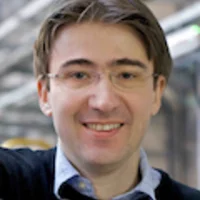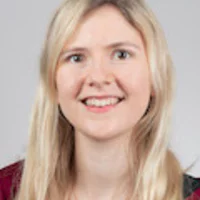Project details
1) Quantum frustrated ground states in organic charge-transfer salts
A triangular lattice of quantum spins is a candidate for a quantum spin-liquid ground state. In a family of organic chargetransfer salts, κ-(BEDT-TTF)2X (X=Cu[N(CN)2]Br, Cu[N(CN)2]Cl, and Cu2CN3), pairs of BEDT-TTF radicals host an unpaired electron and form such a triangular lattice. Superconductivity, magnetic order and its absence have been reported for these materials. We propose to explore these prototypical frustrated magnets by neutron and x-ray scattering and to determine their crystal structures at low temperature, the magnetic order in the Mott-insulators, and the spin fluctuation spectrum in the metallic compounds.
2) Spin and orbital liquids in frustrated spinels AB2X4
In the AB2X4 spinels the B-sites form a frustrated pyrochlore lattice, and the A-sites form a potentially frustrated diamond lattice. In the ACr2O4 (A = Cr, Mg) compounds, where frustration is released by the order-by-distortion mechanism, we will study the excitation spectrum of the long-range ordered ground state and of the spin liquid phase. In the CuIr2S4 system, which has an orbitally-driven metal-insulator transition, we will explore the orbital ordering and formation of the insulating singlet state from the metallic paramagnetic state. Spiral spin- and spin-orbital liquids and ground states selected by the order-by-disorder mechanism will be our focus in the ASc2S4 (A = Mn, Fe) and CoAl2O4 systems.
3) Monopole hopping mechanism in spin ice
The existence of many ground states, often with a topological character, is a key feature of frustrated magnets. These ground states form vacuaa in which deconfined quasi-particle excitations can propagate. In the case of the spin ices Ho2Ti2O7 and Dy2Ti2O7, these excitations are emergent magnetic monopoles, however, the mechanism of their propagation is unknown. In another material, Tb2Ti2O7, the actual existence of a frustrated spin liquid ground state remains a complete mystery. In both cases, magneto-elastic interactions between excited crystal field levels and phonons are implicated, but the phonon dispersion relations are unknown. The main focus of the project is to measure these and examine their interactions with the spin system.
Funding: SNF
Contact:
Oksana Zaharko
oksana.zaharko@psi.ch
Tom Fennell
tom.fennell@psi.ch

